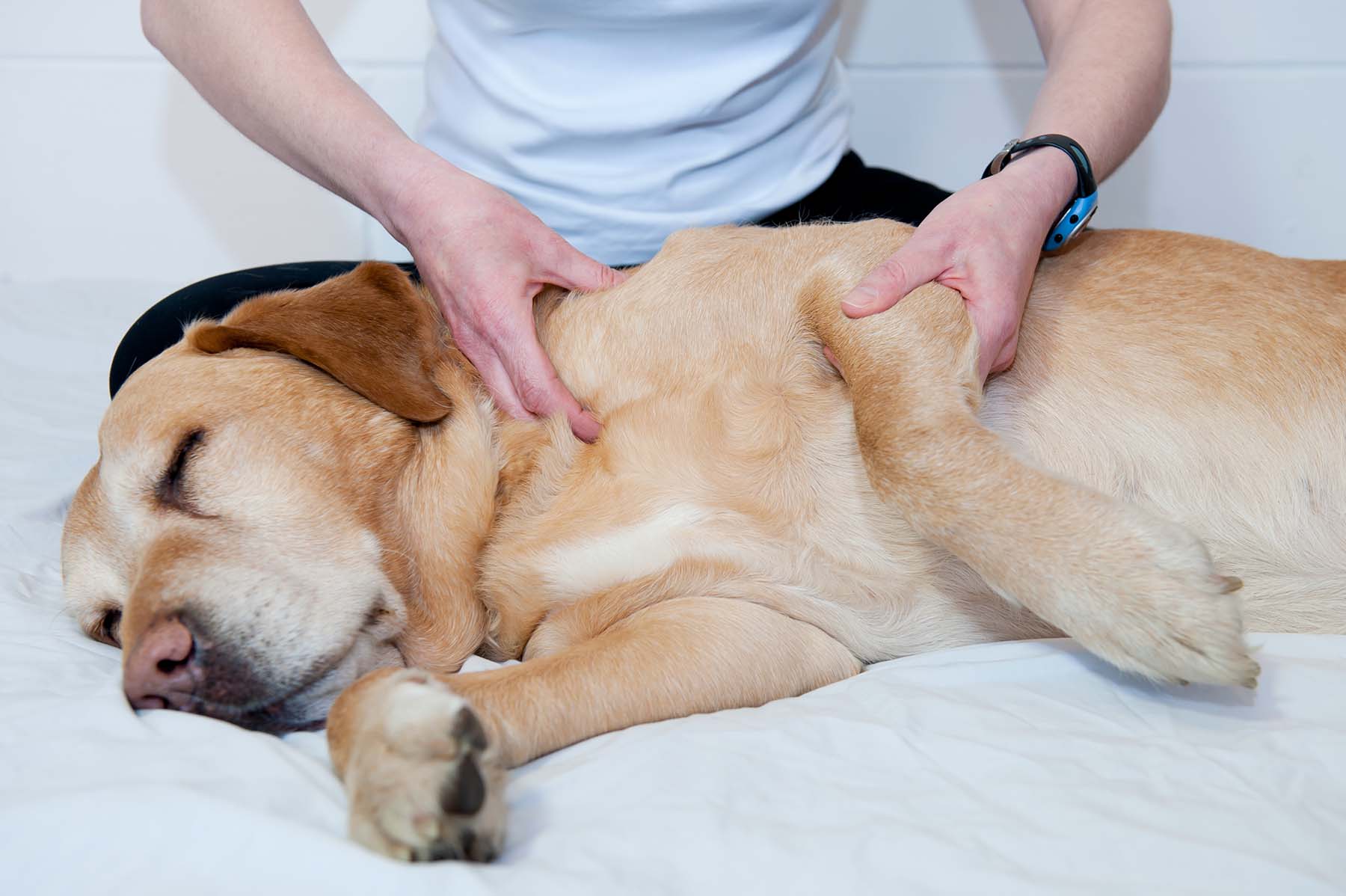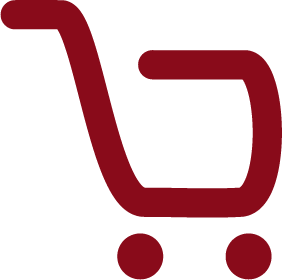Massage therapy is the oldest form of medicine with references to it in Chinese medical literature that date back to 2,700 B.C.. Both canine and equine massage use non-invasive techniques to maintain or improve function by restoring the body to equilibrium.
One of the most valuable assets of animal massage is health maintenance. Regular massage aids in early detection of abnormalities, such as swelling, injury or painful areas, and facilitates early medical diagnosis of problems by a veterinarian. In some cases, the time element can be lifesaving.
Many animals with emotional issues respond well to the relaxation and positive touch of massage that comes from a release of endorphins. Young animals can be acclimated to touch with massage, making them easier to handle for grooming and medical care.
Animal massage is not a substitute for veterinary medical care, it is complementary. As an adjunct for healing, massage is an excellent modality for enhancing recovery in medical cases: pre-and post-operative, chronic disease, and injury or transitory illness.
Some other benefits of animal massage therapy:
- Easing muscle pain
- Improving flexibility, balance and strength by enabling improvement in muscle tone and joint mobilization
- Reducing adhesions and scar tissue
- Alleviating muscle spasm
- Releasing toxins
- Controlling inflammation
- Providing sensory stimulation
- Nourishing and lubricating joints
- Improving local and systemic circulation
- Reducing recovery time after surgery
- Improving range of motion
- Assisting with drainage
- Stimulating the lymphatic and parasympathetic systems
- Improving alignment of the skeleton without force

The History of Animal Massage
Animal massage performed by non-veterinary practitioners has its roots in ancient practice with early Egyptian hieroglyphics depicting animal healers using massage for treatment.
A full-body massage was recommended for dogs and horses by Flavius Arrianus, a philosopher and administrator under the reign of Roman Emperor Hadrian. He stated it would “knit and strengthen the limbs ... make the hair soft and its hue glossy, and ...cleanse the impurities of the skin.” 1 In ancient Greece, horses were massaged prior to battle and during the Olympic games as a means of improving their performance.
Jean-Pierre Hourdebaigt, author of Equine Massage: A Practical Guide, notes that horse massage was practiced in ancient China and Rome and more recently by the Hopi Indians of the American Southwest.
For centuries, horses owned by gentry have been curried, brushed and rubbed down as part of routine care. 2
Since those times, equine massage therapy evolved to become a widely-recognised modality in the United Kingdom around 200 years ago with an emphasis on racehorses. The practice continues on a global scale to this day - focusing on sporting horses to give them a competitive edge but also including non-competitive horses to aid well-being, as well as extending to the treatment of small animals such as cats and dogs.
Massage in horses uses many techniques first used for human massage, and it is becoming more common in both competitive equestrian disciplines and pleasure riding. Proponents say that equine massage improves movement and reduces pain and stress responses. Research has shown that massage affects the muscular system at the cellular and fascial levels, as well as physiologic systems. 3
Literature concerning small animals is scarce. However, techniques originally described for humans and horses can easily be extrapolated to these patients and are thought to induce similar physiological responses. 4
References
1. Equine Sport Therapies of Georgia. “The History of Massage Therapy.”
2. www.estofgeorgia.com/MassageHistory.htm.
3. Scott, M. and Swenson, L.A. (2009). Evaluating the benefits of massage therapy: A review of the evidence and current practices, J. Equine Vet. Sci., 29, 9, pp 687-697.
4. Corti, L. (2014). Massage therapy for dogs and cats, Topics in Comp. Anim. Med., 29, 2, pp 54-57.
Choosing an Animal Health Practitioner from RAAHP means you are choosing quality care for your pet. High standards of education, training and experience set RAAHP practitioners apart. Collaborative, comprehensive, patient-centred care should be the goal of every member of your animal's healthcare team. Animal Health Practitioners collaborate and work effectively with other health care providers such as veterinarians, animal physiotherapists, animal acupuncturists and animal homeopaths.
We know you want the best care possible for your pet. Don’t settle for anything less. RAAHP is the only national registry of its kind in Canada and registrants meet the professional standards required to provide the exemplary care you expect for your pet.

